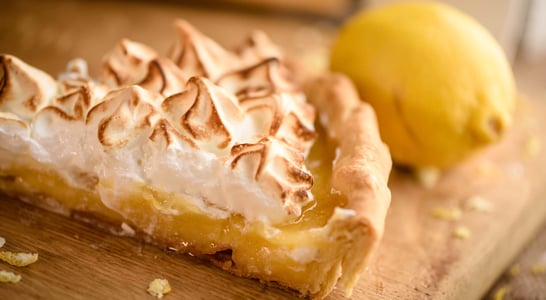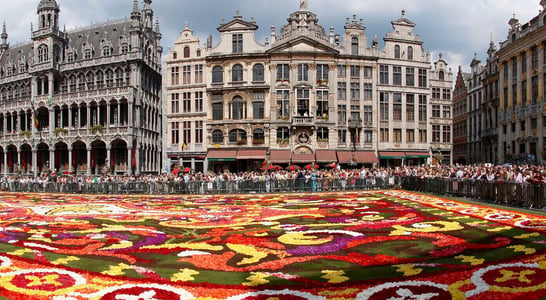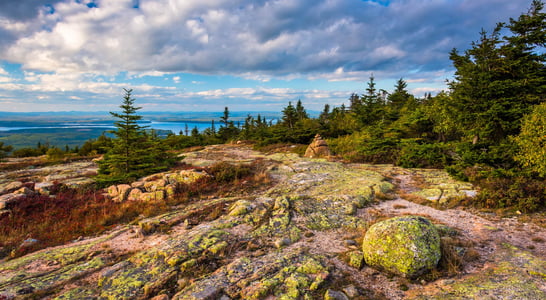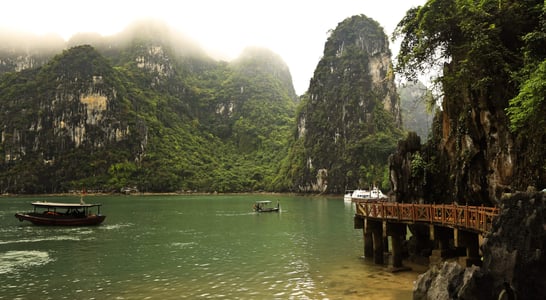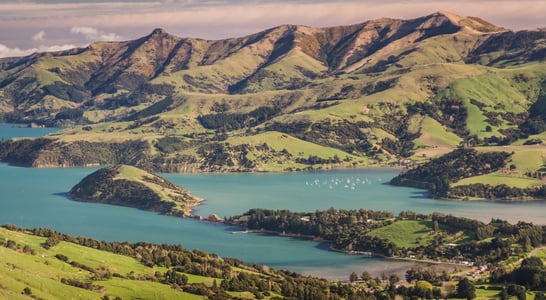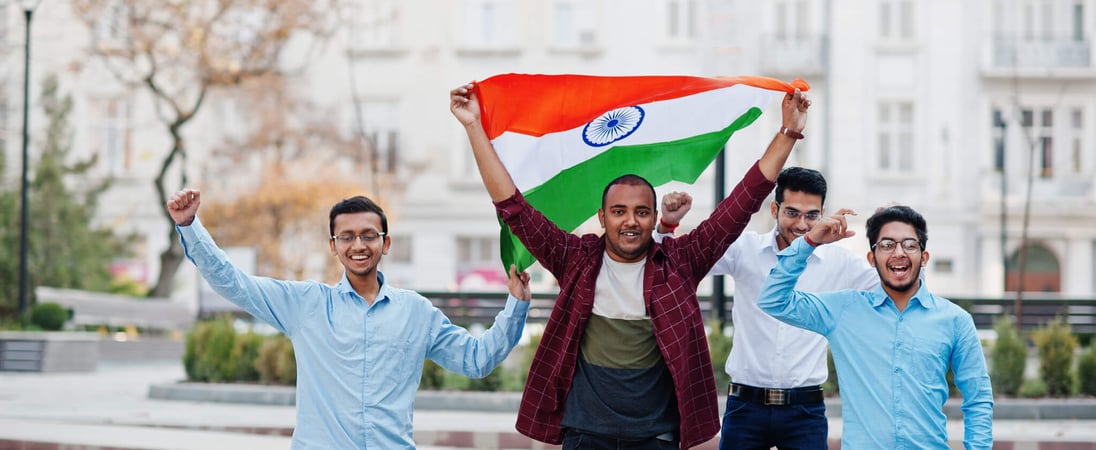
Indian Independence Day
A spirited journey, a triumph of unity and resilience, a chapter in a nation's narrative echoing courage and freedom.
On Indian Independence Day, the streets come alive with the vibrant colors of its flag – saffron, white, and green.
This day marks the culmination of a long struggle for the Asian subcontinent nation’s independence from British rule. Their journey was not easy but was filled with sacrifices, resilience, and an indomitable spirit.
How to Celebrate Indian Independence Day
Have a Family Gathering
Indian Independence Day is a time when Indian families reflect and express gratitude for their freedoms.
Many families come together to celebrate the day, reminiscing about the sacrifices made by the freedom fighters and discussing the nation’s future. Host a gathering, order Indian takeout, and decorate the dinner table in orange, white, and green.
Go Fly a Kite
Kite flying is a cherished tradition, especially in the northern and central parts of India. The sky is dotted with kites of various shapes and colors on Indian Independence Day.
Each symbolizes freedom and the soaring aspirations of the nation.
Fly an Indian Flag
In India, the main event takes place at the Red Fort in Delhi, where the Prime Minister hoists the national flag of India, followed by a speech.
Those who’d like to honor the freedom of Indians can do so by flying the flag at home. The national flag of India, aka the ‘Tiranga’ or ‘tricolor’, consists of three horizontal stripes of different colors:
- Saffron (Kesari): The Indian flag’s top stripe represents courage, sacrifice, and the spirit of renunciation.
- White: The white middle band represents purity and truth.
- Green: The green bottom stripe signifies faith, fertility, and the bounty of the land.
- The center of the white band has a navy blue wheel with 24 spokes, known as the Ashoka Chakra. This symbol represents the eternal wheel of law and Dharma (righteousness).
Watch Cultural Programs on YouTube
Schools and communities organize cultural programs. Each event speaks toIndia’s diverse heritage. These programs often include patriotic songs, dances, and plays.
The programs are very interesting, and can be followed along with by watching their live streams.
Book a Trip to India
Planning a vacation to India? Visit historical sites like Jallianwala Bagh in Amritsar or the Cellular Jail in Port Blair, for an opportunity to pay respects to the martyrs of the freedom struggle.
Learn How to Sing “Vande Mataram”
This patriotic song was a rallying cry during the freedom movement. Even today, it’s chanted with fervor and pride, rekindling the spirit of patriotism of the entire Indian diaspora.
Indian Independence Day is not a mere national holiday. Instead, Indians consider it a testament to the country’s resilience and unity.
They also consider it a day to look back at the sacrifices made by their many freedom fighters. It’s a day to remember and celebrate, looking forward with hope for a brighter future. As the tricolor flutters high, millions of Indian hearts swell with pride, gratitude, and an unwavering love for their nation.
History of Indian Independence Day
The roots of India’s quest for freedom go all the way back to the British East India Company’s establishment in the early 17th century. The company first started as a trading venture. But the company gradually expanded its influence, leading to the British Empire’s dominance over the Indian subcontinent.
After the Battle of Plassey in 1757, the British had firmly entrenched themselves. This time marked the beginning of almost 200 years of colonial rule. The first significant revolt against the British occurred in 1857. That era is called today the Revolt of 1857 or the First War of Independence.
Things only got worse when the British introduced rifle cartridges greased with beef and pork. Soldiers had to bite off these cartridges before they could use them, impacting Indians who served in the army.
These cartridges were incredibly offensive to both major religious groups in India — Muslims who don’t consume pork and Indians who cannot eat beef.
This disrespect brought with it a revolt. In fact, it brought on widespread participation and marked the beginning of a nationalistic movement against British oppression.
However, the real momentum in the fight against the British happened in the early 1900s century, under a new leader — Mohandas Karamchand Gandhi.
Gandhi’s philosophy of non-violence and civil disobedience inspired millions in his country to stand up to the British rulers.
Others who helped advance the liberty cause were Jawaharlal Nehru, Sardar Vallabhbhai Patel, and Subhas Chandra Bose. Their collective efforts helped the Indian freedom movement succeed.
Other various movements soon followed, including the Non-Cooperation Movement and the Quit India Movement. Each action further weakened the British hold on India.
The ultimate success of these efforts came at midnight on 15th August 1947, with India declared independent of their British rulers.
Indian Independence Day FAQs
Why was the Indian flag first hoisted outside India?
The Indian tricolor was first unfurled outside India on August 22, 1907, in Stuttgart, Germany.
Madame Bhikaji Cama, an Indian freedom fighter, raised a flag similar to the current design at the International Socialist Congress.
This event marked the global acknowledgment of India’s struggle for freedom.
What was the original meaning of the colors on India’s first flag?
The first version of the Indian flag in 1906 featured three horizontal stripes of green, yellow, and red.
Green symbolized Islam, yellow represented Hinduism, and red stood for other religions in India. Over time, these colors were reinterpreted to reflect unity, peace, and courage.
How did India’s Independence impact neighboring countries?
India’s independence influenced the decolonization of neighboring countries like Sri Lanka and Myanmar.
It inspired anti-colonial movements across Asia and Africa. Leaders from these nations viewed India’s success as a blueprint for their own liberation struggles.
Why is kite flying a common activity on Independence Day?
Kite flying became a tradition on Independence Day as a symbol of freedom and aspirations.
During colonial rule, kites with messages of resistance were flown to spread awareness. Today, people continue the practice to celebrate the country’s free spirit.
What role did the Indian diaspora play in the freedom movement?
The Indian diaspora contributed significantly to the independence movement.
Groups in countries like the U.K. and the U.S. raised funds, organized protests, and lobbied for India’s cause. The Ghadar Party, founded in California, is a notable example of this involvement.
Are there unique modern-day Independence Day traditions abroad?
In Australia, the Indian community celebrates with cricket tournaments.
In New York, parades feature cultural floats, dances, and music. These events strengthen ties among the diaspora while showcasing Indian culture globally.
What was the ‘Quit India Movement’ and how did it shape independence?
The Quit India Movement, launched in 1942, was a mass protest demanding an end to British rule.
Though it was suppressed violently, the movement intensified national unity. Its call for “Do or Die” resonated across all sections of Indian society.
How do schools in India celebrate Independence Day?
Schools across India host flag-hoisting ceremonies, cultural programs, and speeches.
Students perform patriotic songs and plays depicting the freedom struggle. These events instill a sense of history and pride in young minds.
What were some early symbols of Indian resistance before independence?
Before independence, items like khadi cloth and the spinning wheel became symbols of resistance.
These represented self-reliance and rejection of British goods. Mahatma Gandhi popularized these icons to empower rural communities.
Are there lesser-known songs or poems tied to India’s independence?
While “Jana Gana Mana” is famous, many other patriotic songs inspired people during the freedom movement.
One such song is “Vande Mataram,” penned by Bankim Chandra Chattopadhyay. It became an anthem for revolutionaries and remains celebrated in India today.
Also on ...
View all holidaysNational Lemon Meringue Pie Day
Head over to a local bakery for a pre-made lemon meringue pie, or try making one yourself. Just give yourself plenty of time to whip the meringue to a stiff texture.
National Relaxation Day
Take a deep breath and feel your muscles loosen as your mind drifts away to a peaceful oasis of tranquility and calm.
National Acadian Day
The French-Canadian colony of Acadia has its own rich culture and history, which many don’t know. Dig into these interesting people on National Acadian Day.
We think you may also like...
Asian American and Pacific Islander Heritage Month
Get familiar with the history of Asian Americans and Pacific Islanders in the US, or join an event to celebrate your heritage during Asian/Pacific Heritage Month.
International Day of the African Child
Highlighting the importance of education and raising awareness about challenges faced by young people in diverse regions.
